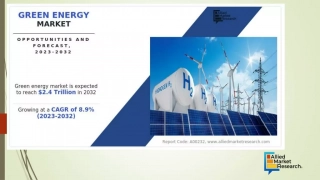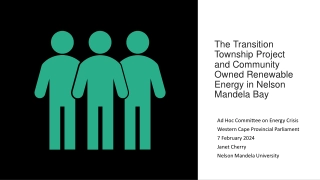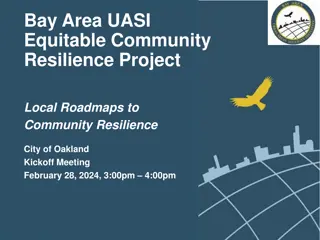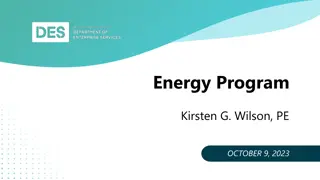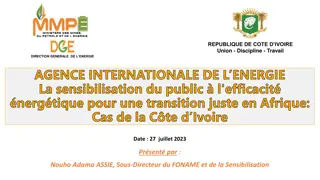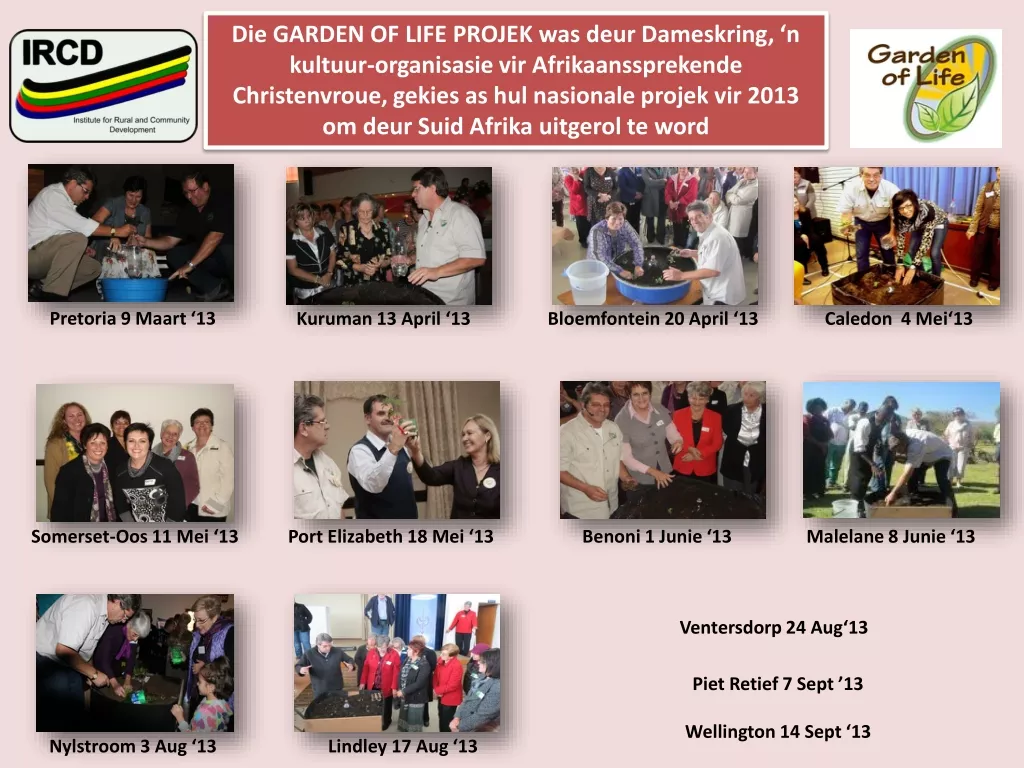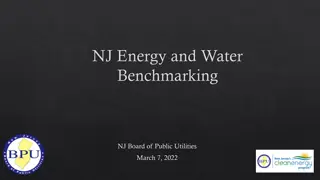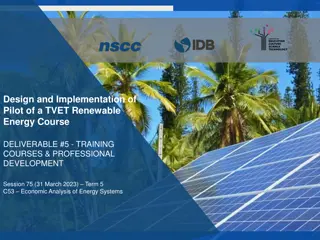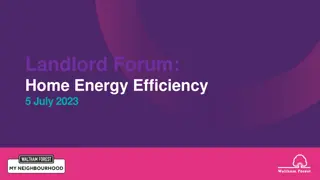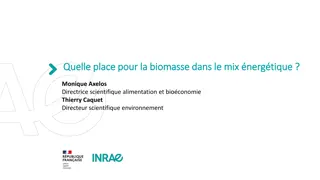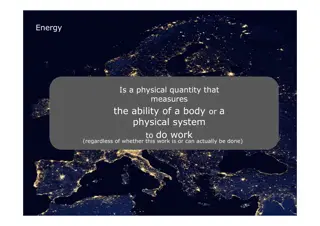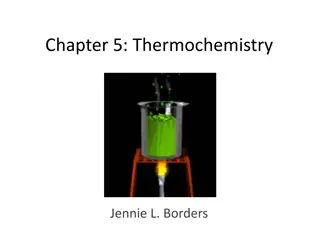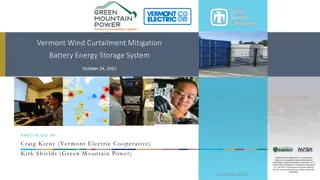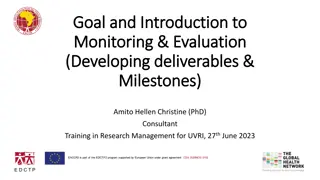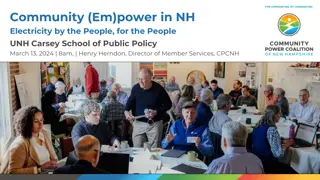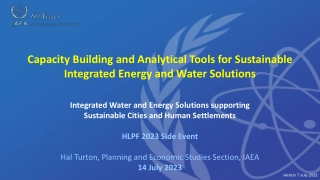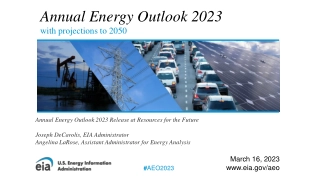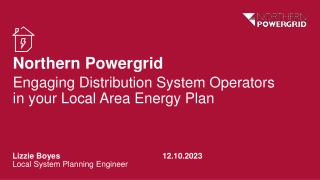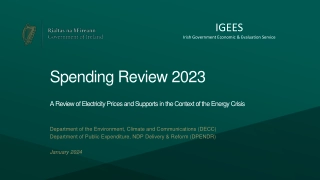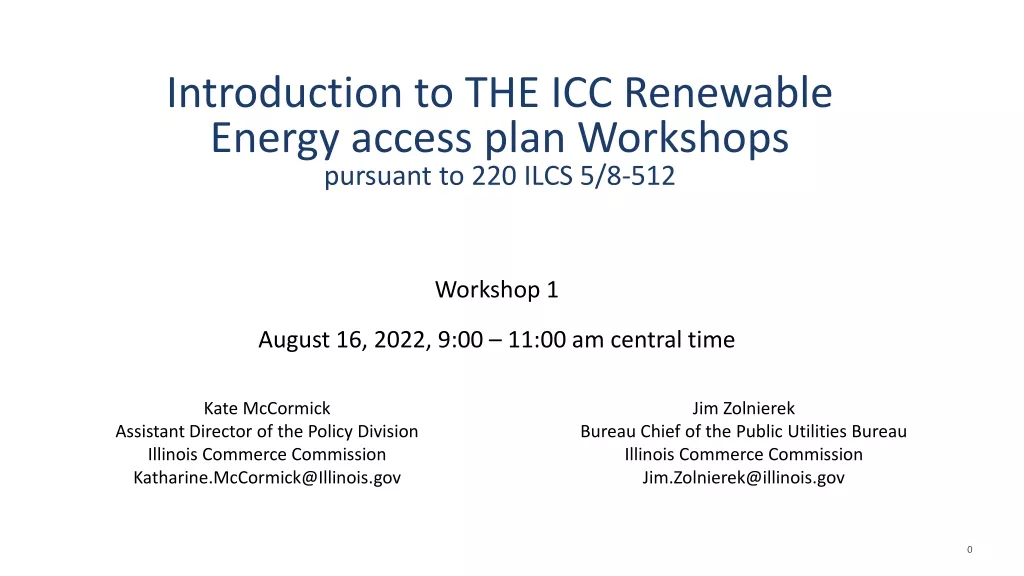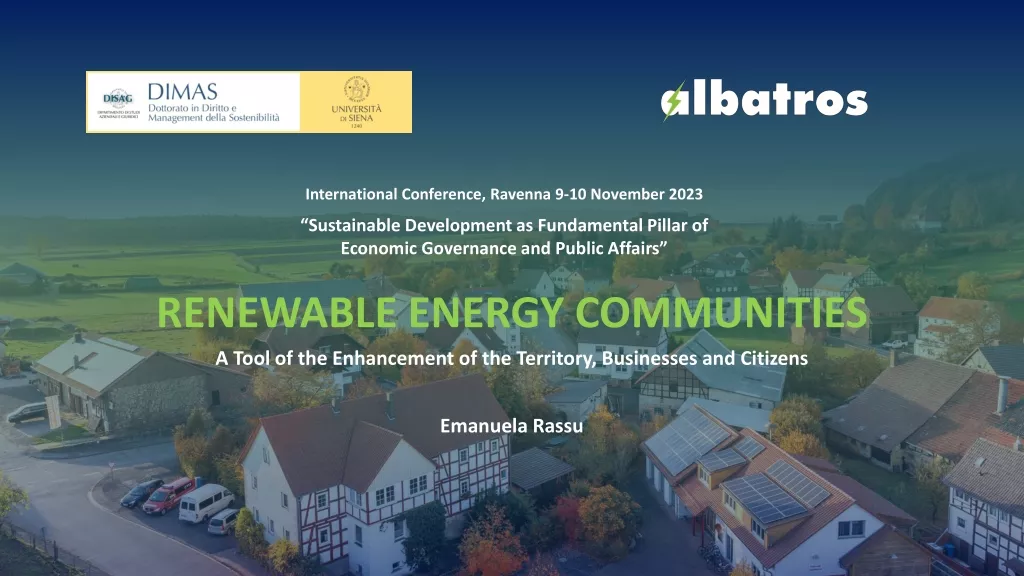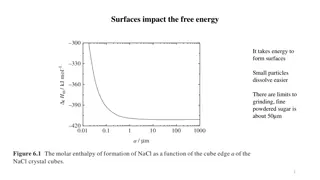Great Coxwell Community Energy Project Feasibility Study
The Great Coxwell Community Energy Project aims to provide sustainable heating and hot water to the whole village, replacing existing boilers and addressing fuel poverty while reducing carbon emissions. Various renewable energy generation options were considered, with key findings indicating the importance of renewable generation for financial viability. Shared loop system with solar showed potential for payback with grant funding, while wind generation offered payback opportunities at different levels. Heat pump systems were highlighted for their significant carbon emission reduction compared to gas boilers.
Great Coxwell Community Energy Project Feasibility Study
PowerPoint presentation about 'Great Coxwell Community Energy Project Feasibility Study'. This presentation describes the topic on The Great Coxwell Community Energy Project aims to provide sustainable heating and hot water to the whole village, replacing existing boilers and addressing fuel poverty while reducing carbon emissions. Various renewable energy generation options were considered, with key findings indicating the importance of renewable generation for financial viability. Shared loop system with solar showed potential for payback with grant funding, while wind generation offered payback opportunities at different levels. Heat pump systems were highlighted for their significant carbon emission reduction compared to gas boilers.. Download this presentation absolutely free.
Presentation Transcript
GREAT COXWELL COMMUNITY ENERGY PROJECT - Community owned, sustainable and secure energy project that would provide heating and hot water to the whole village. - The system would replace existing boilers, help with fuel poverty, reduce carbon emissions and provide a revenue stream for community action. Ken Hirons November 2023
Inspirations Background RCEF Feasibility Project
Existing Demands and Peak Load EPCs used to determine approximate heating & domestic hot water combined demand of c. 2.4 GWh/ year; Local climate data was used to determine a peak heating load of the system of c. 1.5MW Using this data, the heat network demands and losses were calculated.
Options Considered Assessment of the technical, financial and carbon implications of heating and renewable energy generation options: Options modelled for heat networks: Existing gas boilers (used as base case); Centralized system; Shared loop system (Ambient loop) ; Standalone ASHP system. Options modelled for renewable generation: Ground mounted solar PV; Wind turbine; and Sand battery.
Renewable Energy Generation Options Potential Solar Potential Wind
Energy Demand and Grid Connection Total Network Demand Heat Losses in pipe Centralized system 4.6 GMh/yr 258 kW Shared loop system 2.4 GWh/yr 0 Standalone ASHP system - Average space & DHW demand: 21,645 kWh (per property) Range of heat pumps required: 6 - 32 kW Grid Connection Price to cable back is c. 400k per km and additional cost if no connection available on substation; This brings an anticipated connection cost of c. 1.6m with a timeline of 3 years; If larger capacity is required, then reinforcement upstream is needed (which won t happen until after 2028).
Key Findings No payback for network owner or homeowner without renewable generation. Shared loop much preferable given low density of properties in village. With solar, a shared loop system could give payback if capex grant funding available With wind generation centralized system has some limited scope for payback but for shared loop wind would offer payback for operator and homeowner at almost every level. System would require 1MVA grid export capacity to allow an additional source of revenue to be generated from wind generation-grid connection capacity represents the biggest development risk at this stage In all cases, installation of heat pump system to gas boilers significantly reduces carbon emissions With renewable generation, carbon emissions could potentially be reduced to approximately 87%.
Next Steps Further discussions with National Trust to explore the potential for solar; Engage with local authority planning department to gauge what generation options may be allowed from a local planning perspective; Place a formal grid application to obtain a firm quote from SSEN for grid connection; Engage with specialist community energy support organizations to understand structure and type of necessary share issues; Contact heat network installers to carry out a site survey to access feasibility and initial estimates; Start fundraising and/or seek funding opportunities to facilitate next stage of development process.


